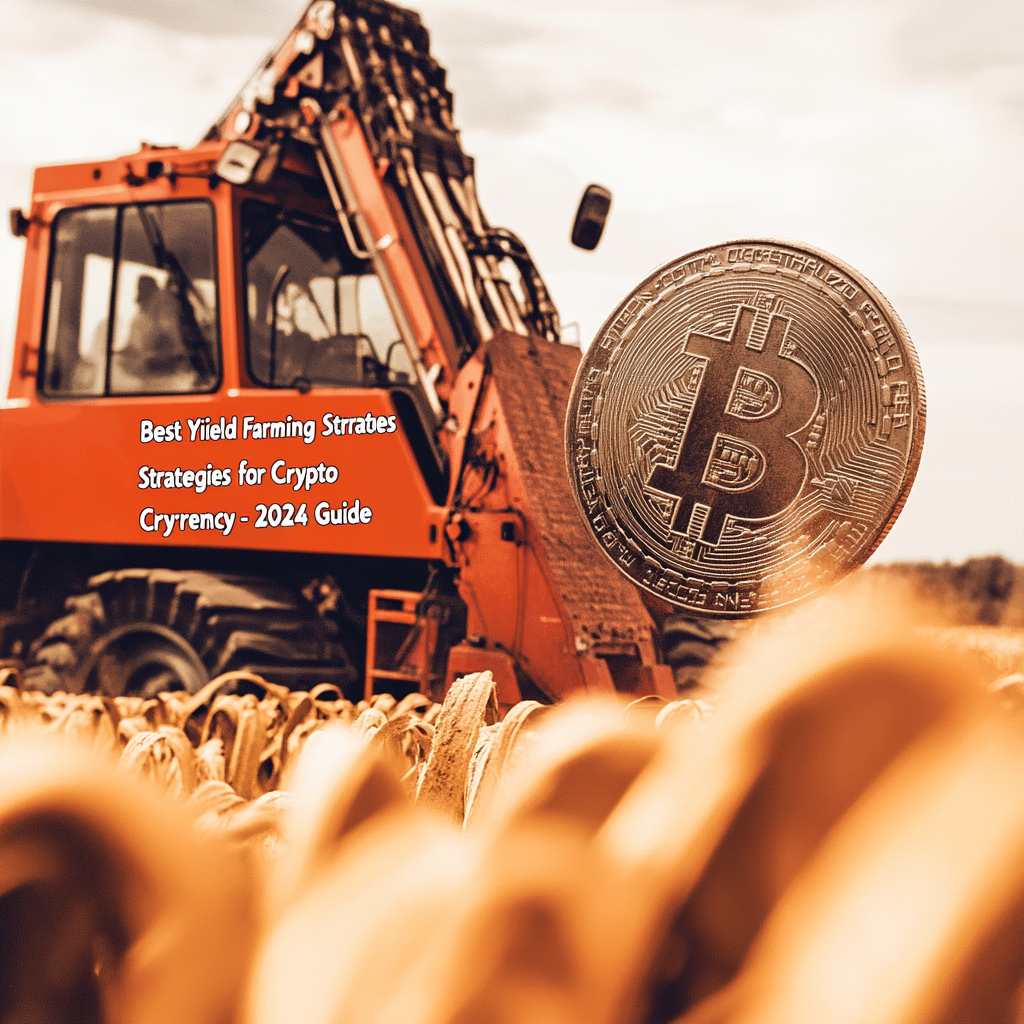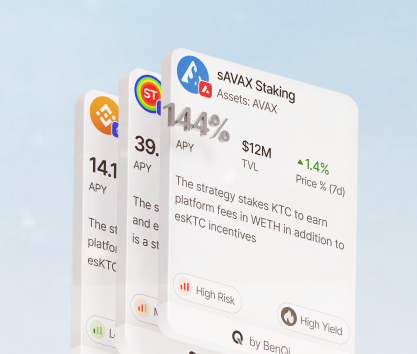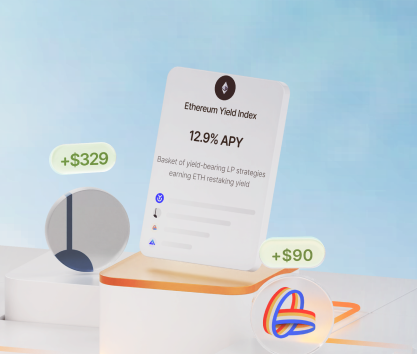Many turn to yield farming as a reliable method to generate passive income from cryptocurrency, whether they’re novices or seasoned investors. It lets you grow your assets through different strategies.
What are these strategies? What is yield farming? What are its pros and cons? How can you increase your earnings from it? Our comprehensive guide to yield farming strategies will explain this topic in detail and answer your questions.
What is Yield Farming in Cryptocurrency?
Yield farming uses various methods and tools to earn profits from cryptocurrency. Essentially, DeFi users lend their tokens or coins and get rewards in return. Investments are made on specialized exchanges. To increase profits, DeFi users utilize native tokens, which they receive as rewards for providing liquidity.
Digital asset owners who specialize in yield farming are referred to as farmers. Their primary goal is to maximize income. To achieve this, they:
- carefully study the decentralized finance environment and its volatility;
- move assets between different aggregators as yield conditions change;
- employ various strategies to minimize risks and potential losses.
High-yield crypto farming uses capital to provide liquidity and earn rewards, unlike staking where investors lock up tokens in a PoS blockchain to earn transaction fees.
How Does Yield Farming Work?
Yield farming operates like traditional finance — based on interest and liquidity.
- A farmer offers digital assets, for example, to liquidity pools.
- They receive rewards calculated based on the annual interest rate.
- The work is conducted on specialized platforms. Each aggregator has its conditions and yields farming strategies. Users independently choose the best option for themselves, based on their capabilities and goals.
- Platforms reward investors with native tokens, renting which achieves the absolute maximization of profit in yield farming and ensures overall profitability.
- Farmers may also invest using leverage. In this case, they use borrowed funds to increase liquidity and earn high returns.
Yield Farming: Advantages and Risks
Key Advantages of Yield Farming include:
- Low Entry Threshold. You don’t need large investments to start earning.
- Passive Income. Most aggregators used by investors are automated. They operate 24/7, independently selecting the most optimal Yield Farming investment strategies that allow for maximally high profits. All that is required from the user is to set up necessary processes, monitor them, and make minimal adjustments when needed.
- Wide Range of Projects. There are many types of yield farming, and investors can independently choose the best option for themselves.
- High Yield. Using different Yield Farming strategies can yield returns of up to 20% annually or more.
- Opportunity to Increase Profits from Investing in Digital Currency. To those users who hold cryptocurrency farming will provide additional earnings.
In other words, by employing effective Yield Farming methods, you can consistently achieve high income while minimally expending time and energy. However, it is essential to understand that yield farming is associated with certain risks. The most common include:
- Theft of assets and protocol hacking. This involves unauthorized access to funds or the exploitation of vulnerabilities within the farming protocols.
- Fraud. Engaging in deceptive practices or false representations that lead to financial loss.
- Hacker attacks. Cyberattacks that target farming platforms to steal cryptocurrencies or disrupt operations.
- Market volatility. The rapid and significant price changes in cryptocurrency markets can drastically affect farming outcomes.
- Failures in aggregator operation. Operational issues within yield farming aggregators can interrupt their functionality or affect performance.
- Errors in chosen algorithms. Flaws or miscalculations in the algorithms that manage the automation of farming strategies.
- Sudden changes in legislation and untimely adaptation to new norms. Regulatory shifts that alter the legal landscape of DeFi practices, potentially making previous strategies non-compliant or obsolete.
- Unexpected liquidation of collateral. Forced sale of collateral at potentially undervalued prices due to market downturns or margin calls.
- Sharp fluctuations in the exchange rates of the best cryptocurrencies for Yield Farming. Severe changes in currency values can dramatically influence the profitability of farming activities.
Other common risks include unforeseen situations: economic crises and political events. Investors should always be ready to adapt their Yield Farming strategies in cryptocurrency quickly to minimize potential losses.
Top Strategies for High-Yield Farming in Cryptocurrency
There are various high-yield farming strategies in cryptocurrency, each with different risks and returns. Usually, higher profits come with greater risks. The top strategies for high yield farming in crypto for 2024 are:
- Single Asset Farming. This strategy involves trading a single cryptocurrency and making money from its price changes. Traders analyze the market to decide when to buy or sell.
- Lending. An investor lends cryptocurrency through smart contracts and earns interest as a reward.
- Borrowing. A token can be used as collateral to borrow another. The investor retains their assets and earns income from the deferred tokens.
- Staking. On the proof-of-stake blockchain, users earn a percentage by staking tokens in the network.
- Farming + Staking. Staking involves locking tokens in smart contracts and receiving rewards for the same asset. However, there are so-called single pools that accrue income from staking multiple cryptocurrencies.
Advanced Yield Farming Strategies for Experienced Investors:
- Using Derivatives. Investors use derivatives like futures, options, and swaps to bet on cryptocurrency prices, which can offer higher returns through leverage and risk management.
- Participating in Protocol Governance. By holding governance tokens and voting on protocol decisions, investors can influence outcomes that may enhance profitability and receive rewards for their participation.
- Market Analysis and Project Selection. Investors perform thorough market analysis to identify undervalued assets or promising new projects, using technical and fundamental analysis to select high-return investments.
- Portfolio Diversification. Diversification lowers risk by spreading investments across various assets, protecting against major losses from any single investment.
- Strategy of Risk Balancing. This method combines various yield farming strategies and spreads investments across several liquidity pools to reduce the risk of losses and even out potential gains.
The strategy of risk balancing is also popular. Experienced investors combine multiple strategies and distribute investments among different liquidity pools. This approach allows for minimizing the risk of losing funds due to a single unsuccessful investment.
How to Find the Best Crypto Yield Farming Strategy
To find the best cryptocurrency yield farming strategy, follow these tips:
- Understand the basics of Yield Farming. You should at least understand how liquidity is provided and how the investment process occurs. This will help you make more informed decisions in the future.
- Choose the right DeFi aggregator. Focus on strategies, principles, and pricing policy, ratings, and reviews. Also consider requirements for liquidity, profitability, and security.
- Analyze and assess risks. Identify key factors that could affect investment returns. Think about ways to minimize risks.
- Define your ultimate goal by deciding on the type of rewards you seek, such as stablecoins, new tokens, or governance rights. Each reward type influences potential earnings differently, guiding you to choose the most suitable yield farming strategy to match your financial objectives and risk tolerance.
- Constantly monitor the market. Market volatility is quite common. To avoid the risk of losing assets, engage with analytics and read the news. You need to understand how the market changes and, based on the situation, adjust your chosen strategy.
- Avoid deals with excessively high returns. Understand that the higher the yield, the higher the investment risks.
Even if you work with automated platforms, control the process. No one is immune to technical failures and errors.
Maker DAO
Maker DAO is a dominant platform in the DeFi landscape, ranking fourth in terms of market capitalization. It boasts the highest total value locked (TVL), reflecting its substantial liquidity and trust within the community.
Maker DAO is celebrated for its easy-to-use interface and clear fee policy without hidden charges. It supports numerous liquidity pools across different asset classes. Users can also participate in decision-making, improving transparency and community engagement. Currently, Maker DAO provides up to 5.5% APY on some stablecoin pools, with more than 30 pools accessible.
Uniswap
Uniswap, an early decentralized exchange, is noted for its robust security and reliability. It operates on the Ethereum blockchain and supports other networks like Arbitrum, Base, and Celo, broadening its accessibility. Its straightforward interface makes it ideal for beginners. It automates all its processes to enhance efficiency and minimize human error.
Uniswap regularly handles daily trading volumes in excess of $1 billion, offering competitive APYs that vary depending on the liquidity and pool risks.
Instadapp
Instadapp leads with a sophisticated infrastructure that empowers users to construct and manage a comprehensive DeFi portfolio. It complies rigorously with current regulatory standards and employs cutting-edge security technology to protect user assets.
The platform stands out for its customizable DeFi management tools, allowing advanced users to craft and execute unique strategies tailored to their investment goals.
Instadapp has facilitated over $2.5 billion in transactions, supporting over 20 different protocols across multiple blockchains.
Other popular aggregators include Compound, Lido, and EigenLayer.
Step-by-Step Guide to Starting Yield Farming
To participate in yield farming, follow these steps:
- Research potential investments;
- Choose suitable platforms;
- Open a wallet and top up your account;
- Stake and lock your cryptocurrency for a specified period;
- Maximize your earnings with yield farming by combining different yield farming strategies;
- Collect rewards.
Remember to monitor the market and use effective risk management techniques. Follow the best practices for yield farming in cryptocurrency.
Yield Farming vs. Staking: Which is More Profitable?
Staking and yield farming differ in how funds are used:
- Staking requires securing cryptocurrency to maintain the blockchain’s functionality and safety. Rewards for participating in staking include new tokens or a percentage of the invested amount. The process utilizes PoS algorithms.
- Yield farming involves putting tokens into liquidity pools on decentralized exchanges to earn rewards from transaction fees. This option is accessible on multiple platforms and accepts various digital assets.
Mistakes to Avoid in Yield Farming
Any beginner’s guide to yield farming will list common mistakes made by investors. The most frequent include:
- Insufficient understanding of risks and the operation of DeFi protocols;
- Lack of diversification, investing all assets in a single liquidity pool;
- Ignoring fees, calculating profitability without considering them;
- Collaborating with platforms with low reliability;
- Ignoring changes in legislation;
- Inconsistent market analysis and failure to track its changes in time;
- Lack of control over the operation of DeFi aggregators functioning in automatic mode;
- Underestimating the complexity of the process.
Many inexperienced investors also frequently make poor strategy choices, which often lead to asset loss.
Is Yield Farming Worth Pursuing in 2024?
Yield farming gained popularity a few years back. In 2024, there are all the prerequisites for this trend to continue developing and gaining momentum. Currently, many highly reliable platforms allow investors to profitably and safely invest assets in liquidity pools. The number of effective strategies that enable earning high income with minimal risks is growing every day. Therefore, it is advisable to engage in yield farming confidently in 2024.
If you want to profit from unused capital, yield farming is a solid option. However, cryptocurrency investment, especially in the DeFi sector, involves risks. Use expert advice on yield farming to reduce these risks.









